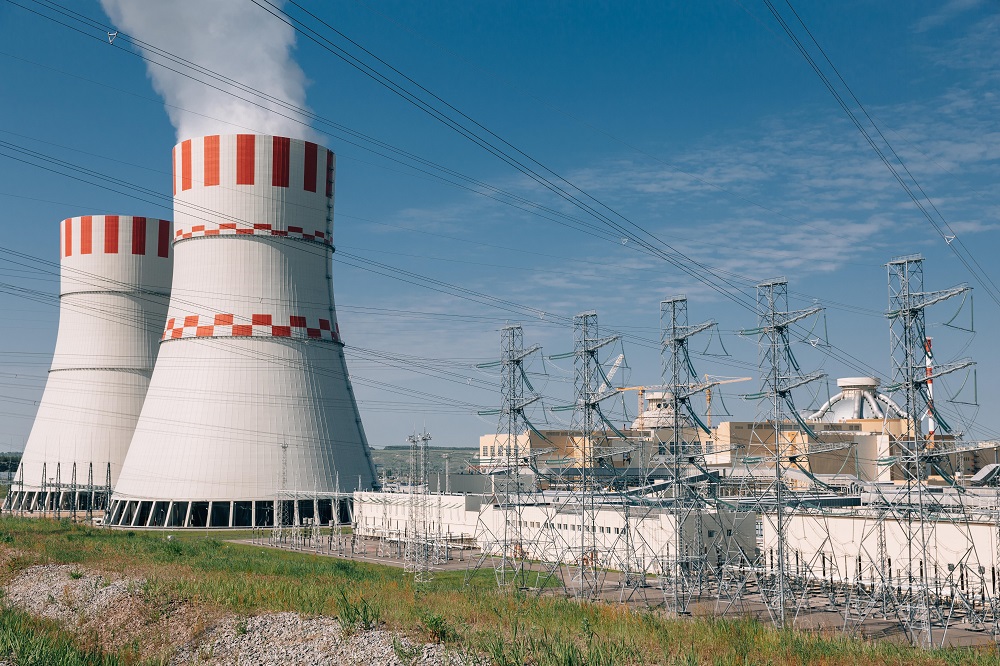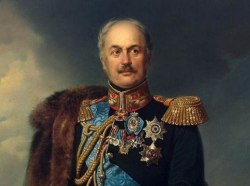A nuclear power plant could appear on the territory of Pridnestrovie in the 80s-90s of the last century. At the same time, it was planned to build a cascade of dams on the Dniester, turning the Dubossary Hydroelectric Power Plant into a pumped storage unit, similar to the one that Ukraine is currently trying to create in the headwaters of the river. By the way, the plans also included the construction of a trolleybus line between the two power plants. They even managed to dig in the poles of power lines for it.
The fact is that it was planned to build a powerful irrigation system in the north of the Moldavian SSR, covering about 255 thousand hectares of farmland with irrigation. The Dubossary PSU was supposed to feed it with water and partly with electricity. But its increased capacity would still not be enough to implement this grandiose land reclamation project. Therefore, in 1977, the First Secretary of the Central Committee of the Communist Party of Moldova, Semen Grossu, sent a letter to the USSR Ministry of Energy and Electrification "On the construction of a nuclear power plant on the territory of the MSSR", in which he asked to include it in the long-term development plan of the industry until 1990. Two years after this appeal to the Ministry of Energy, there was developed a project for the power plant. It was supposed to be created in the Grigoriopol Region. Therefore, this object is called the Moldavian Nuclear Power Plant in some sources, and in others - the Grigoriopol Nuclear Power Plant. Four years later, after the end of geodetic work, the design and estimate documentation was approved.
In the same 1984, there was laid the cornerstone of the power plant. The ceremony was attended personally by the Union Minister of Energy and Electrification of the USSR - Corresponding Member of the USSR Academy of Sciences Peter Neporozhny. It was not his first time in Pridnestrovie. Biographers of Peter Stepanovich claim that he personally visited all power plants under construction with Soviet help in the Union and abroad. He visited the Moldova HPP and Dubossary HPP repeatedly.
Although, Peter Neporozhny, who personally supervised all energy projects, retires next year. Perestroika begins in the country. A year later, there will be an accident at the Chernobyl Nuclear Power Plant. In the following years, the construction of eleven nuclear power plants will be suspended in the USSR. Moreover, the cessation of the construction lasted from 1986 to 1993. One of these stations was completed under the new Russia - the Rostov Nuclear Power Plant in Volgodonsk. It was commissioned in 2001. Minsk NTPP (nuclear thermal power plant) was rebuilt into a thermal power plant. The rest of the objects are still unfinished in various parts of the once united country.
Some of them have become unofficial tourist sites. By the way, due to numerous injuries received by fans of extreme tourism, the authorities of the Republic of Crimea recently decided to demolish the unfinished Crimea Nuclear Power Plant near the town of Shchelkino. The Moldova (Grigoriopol) Nuclear Power Plant, as well as a dozen other similar objects, is not included in the list of these eleven unfinished projects. It includes stations that have already begun to be built. At those that were not included in the number of these eleven, they either stopped at excavation work, or the nuclear power plant came to nothing in general.
The station near Grigoriopol was a foundation pit and a skeleton of an administrative building at the time of the construction termination.
The first of the four power units was planned to be launched in 1993. It was supposed to be located between Grigoriopol and the village of Dorotskoe. The second one, which was planned to be built between the villages of Delakeu and Tashlyk, was planned to be commissioned in 1995. Two years later, it was planned that the third reactor would start operating, which they wanted to build between the villages of Butor and Speya. In 1999 it was planned that the last power unit will deliver its first current. Initially, they wanted to build it between the villages of Teya and Krasnogorka, but the surveyors banned it. There was found a quick ground: water-saturated soil (usually sand or sandy loam), which is able to liquefy under mechanical action on it when it is opened with pits.
Therefore, the planned site of the 4th reactor of the Moldova (Grigoriopol) NPP was shifted from Krasnogorka to Malaeshti. By the way, there are only eighteen and a half kilometers from the village of Malaeshti, Grigoriopol Region, to the capital of the Pridnestrovian Moldavian Republic Tiraspol. To give you an example, there are 134 kilometers from Chernobyl to Kiev.
If the construction of nuclear power plants throughout the Soviet Union was suspended after the Chernobyl accident, they were completely stopped in areas with increased seismic activity after the Spitak earthquake in Armenia in 1988. By the way, the Armenia NPP, which was not far from the Spitak earthquake epicenter, did not receive any damage.
In addition to the Crimea Nuclear Power Plant already mentioned above, the tragedy in Spitak also put an end to the Moldova Nuclear Power Plant and the Odessa Nuclear Power Plant. The latter, by the way, included in the "list of eleven", was built in the city of Teplodar, seventy plus kilometers from Tiraspol. Thus, if these plans were implemented, Pridnestrovie would become a powerful Union-wide energy hub. Yet history would not permit subjunctive mood.








